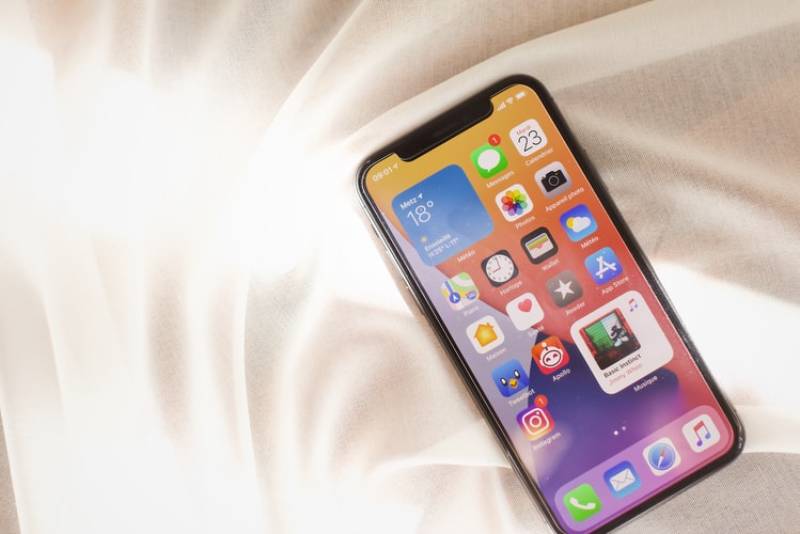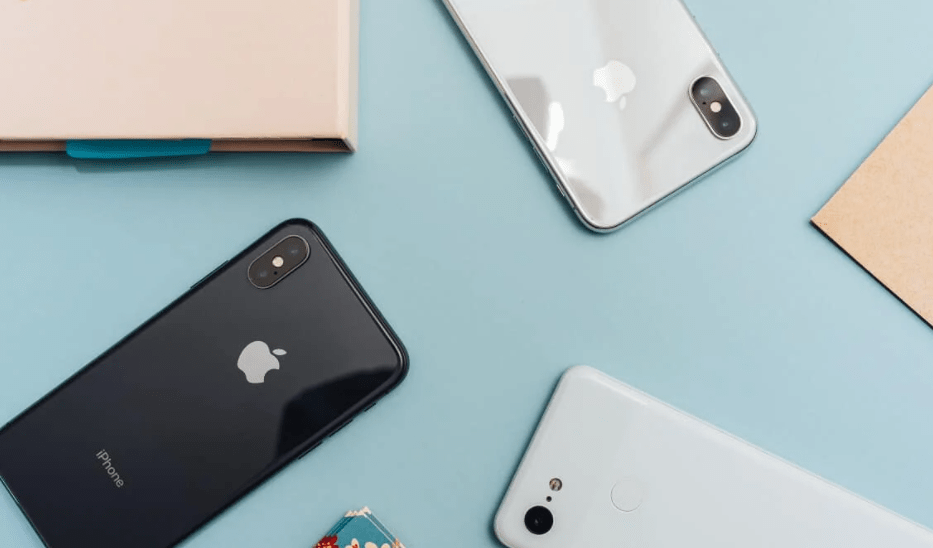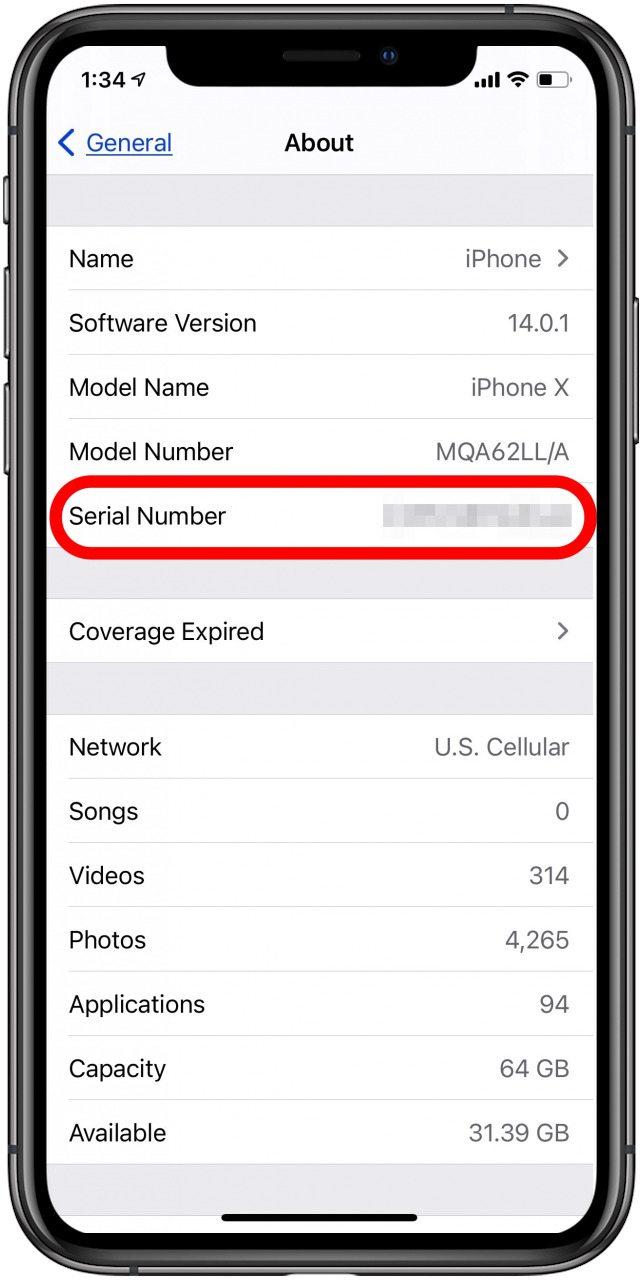Change Imei Number Iphone
Changing the IMEI Number on an iPhone
The International Mobile Equipment Identity (IMEI) number is a unique identifier for mobile phones. It is used by cellular networks to identify devices and track their location. Changing the IMEI number on an iPhone can be useful for a variety of reasons, such as unlocking the device from a particular carrier or repairing a damaged device.
There are a few different ways to change the IMEI number on an iPhone. One method is to use a software program that allows you to edit the device's firmware. Another method is to use a hardware device that connects to the iPhone's serial port.
It is important to note that changing the IMEI number on an iPhone is illegal in some countries. Additionally, changing the IMEI number may void the device's warranty.
Changing IMEI Number on iPhone
Changing the International Mobile Equipment Identity (IMEI) number on an iPhone can be a useful technique for various reasons. Here are eight key aspects to consider:
- Device Unlocking: Changing the IMEI can unlock an iPhone from a specific carrier.
- Repair and Restoration: It can aid in repairing a damaged iPhone or restoring a lost or stolen device.
- Warranty Implications: Altering the IMEI may void the device's warranty.
- Legal Implications: Changing the IMEI is illegal in certain countries.
- Technical Methods: Software programs or hardware devices can be used to modify the IMEI.
- Risk Assessment: Weigh the potential benefits against the risks before changing the IMEI.
- Data Backup: Ensure important data is backed up before attempting any IMEI changes.
- Expert Assistance: Consider seeking professional assistance from qualified technicians.
These aspects highlight the importance of understanding the implications, methods, and potential consequences of changing the IMEI number on an iPhone. It is crucial to proceed with caution, considering the legal, technical, and ethical implications involved.
Device Unlocking
In the context of "change IMEI number iPhone", understanding the connection between device unlocking and IMEI modification is crucial. When an iPhone is locked to a specific carrier, it can only be used with that carrier's SIM card. Changing the IMEI number can bypass this restriction, allowing the iPhone to be used with any carrier's SIM card.
- Carrier Restrictions: iPhones are often sold locked to a specific carrier, meaning they can only be used with that carrier's network.
- IMEI as a Unique Identifier: The IMEI number is a unique identifier for each iPhone, and it is used by carriers to identify and track devices on their network.
- Unlocking via IMEI Change: By changing the IMEI number, it is possible to trick the carrier into thinking that the iPhone is a different device, allowing it to be used with any carrier's SIM card.
- Legal and Ethical Implications: It is important to note that changing the IMEI number may be illegal in some countries, and it may also void the iPhone's warranty.
In summary, changing the IMEI number on an iPhone can be a way to unlock the device from a specific carrier, allowing it to be used with any carrier's SIM card. However, it is important to consider the potential legal and ethical implications before attempting to change the IMEI number.
Repair and Restoration
In the context of "change IMEI number iPhone", understanding the connection between repair and restoration and IMEI modification is crucial. Changing the IMEI number can be a useful technique in certain situations, including repairing a damaged iPhone or restoring a lost or stolen device.
- Device Repair: Changing the IMEI number can be helpful in repairing a damaged iPhone, especially if the original IMEI number is lost or corrupted.
- Lost or Stolen Device: If an iPhone is lost or stolen, changing the IMEI number can help prevent the thief from using the device or selling it.
- Replacement Device: When replacing a lost or stolen iPhone, changing the IMEI number can ensure that the new device has a unique identifier, allowing it to be activated on the carrier's network.
- Legal and Ethical Implications: It is important to note that changing the IMEI number may be illegal in some countries, and it may also void the iPhone's warranty.
In summary, changing the IMEI number on an iPhone can be a useful technique for repairing a damaged device or restoring a lost or stolen device. However, it is important to consider the potential legal and ethical implications before attempting to change the IMEI number.
Warranty Implications
Changing the IMEI number on an iPhone can have significant warranty implications. The IMEI number is a unique identifier for each iPhone, and it is used by Apple to track warranty coverage. If the IMEI number is changed, Apple may void the device's warranty, meaning that the user will be responsible for the cost of any repairs.
There are a few reasons why Apple may void the warranty if the IMEI number is changed. First, changing the IMEI number can be a sign that the device has been stolen or tampered with. Second, changing the IMEI number can make it difficult for Apple to track the device if it is lost or stolen.
It is important to note that changing the IMEI number is illegal in some countries. Additionally, changing the IMEI number may also void the device's warranty. Therefore, it is important to weigh the risks and benefits before changing the IMEI number on an iPhone.
Legal Implications
Changing the International Mobile Equipment Identity (IMEI) number on an iPhone has serious legal implications in certain countries. The IMEI number is a unique identifier assigned to every mobile device, and it is used by law enforcement and network providers to track stolen or lost devices.
In countries where changing the IMEI number is illegal, doing so can result in significant penalties, including fines and imprisonment. Additionally, changing the IMEI number may void the device's warranty and make it difficult to recover the device if it is lost or stolen.
It is important to be aware of the legal implications of changing the IMEI number on an iPhone before doing so. In countries where it is illegal, changing the IMEI number is a serious offense that can have significant consequences.
Technical Methods
The technical methods used to change the IMEI number on an iPhone involve employing specialized software programs or hardware devices. These tools allow users to modify the device's firmware, which contains the IMEI number. Software programs typically connect to the iPhone via a USB cable, while hardware devices may require more advanced technical expertise to operate.
Understanding the technical methods behind IMEI modification is crucial because it enables users to make informed decisions about the process. It is important to note that changing the IMEI number is illegal in certain countries and may void the device's warranty. Therefore, it is essential to carefully consider the potential risks and benefits before attempting to modify the IMEI.
In summary, the technical methods used to change the IMEI number on an iPhone involve using specialized software programs or hardware devices. These tools allow users to modify the device's firmware, which contains the IMEI number. However, it is important to be aware of the legal and warranty implications before attempting to change the IMEI number.
Risk Assessment
When considering changing the IMEI number on an iPhone, it is crucial to conduct a thorough risk assessment to weigh the potential benefits against the risks. This assessment involves examining various facets, including legal implications, warranty considerations, technical challenges, and ethical concerns.
- Legal Implications
Changing the IMEI number may be illegal in certain countries, and it can void the device's warranty. Understanding the legal implications is essential to avoid potential legal consequences.
- Warranty Considerations
Modifying the IMEI number may void the device's warranty, leaving the user responsible for any repair costs. Weighing the potential benefits against the cost of repairs is crucial.
- Technical Challenges
Changing the IMEI number requires technical expertise and specialized tools. Attempting the process without proper knowledge can lead to further damage or complications.
- Ethical Concerns
Changing the IMEI number raises ethical concerns, as it can be used for fraudulent purposes or to avoid tracking. Consider the ethical implications before proceeding.
By carefully considering these facets and weighing the potential benefits against the risks, users can make an informed decision about whether or not to change the IMEI number on their iPhone.
Data Backup
In the context of "change imei number iphone," data backup plays a critical role in safeguarding the integrity of the device's information. Before embarking on any IMEI modification process, it is imperative to create a comprehensive backup to protect against potential data loss.
- Data Loss Prevention: Changing the IMEI number involves altering the device's firmware, which can inadvertently lead to data loss. A backup ensures that crucial information, such as contacts, messages, and photos, is preserved.
- Device Restoration: In the event of any unforeseen complications during the IMEI modification process, a data backup allows for seamless device restoration. The backed-up data can be easily transferred back to the iPhone, minimizing the impact of any technical issues.
- Warranty Protection: Some unauthorized IMEI modification methods may void the device's warranty. However, having a data backup provides peace of mind, as the user can restore their device to its original state if necessary, potentially preserving warranty coverage.
- Ethical Considerations: Changing the IMEI number raises ethical concerns, particularly if the intention is to avoid legal or financial obligations. Having a data backup ensures that the original IMEI number can be restored if needed, promoting responsible and ethical practices.
By emphasizing the importance of data backup before attempting any IMEI changes, users can safeguard their valuable information, mitigate risks, and maintain the integrity of their iPhone.
Expert Assistance
When considering "change imei number iphone," expert assistance from qualified technicians holds significant importance. The process of modifying an iPhone's International Mobile Equipment Identity (IMEI) number, while technically feasible, involves intricate technicalities and potential risks.
Seeking professional assistance ensures precision and minimizes the chances of complications. Qualified technicians possess the necessary expertise, specialized tools, and experience to navigate the technical complexities involved in IMEI modification. They can assess the device's condition, identify potential risks, and execute the process with the utmost care.
Moreover, engaging a professional reduces the likelihood of data loss or device damage. Unskilled attempts to change the IMEI number may lead to irreversible consequences, including complete device failure. Expert technicians employ proven methods and techniques to preserve the integrity of the device and its data.
In summary, while "change imei number iphone" may appear as a straightforward task, seeking professional assistance from qualified technicians is paramount. Their expertise, experience, and technical proficiency ensure a successful and risk-free IMEI modification process.
Frequently Asked Questions about Changing IMEI Numbers on iPhones
This section addresses common questions and misconceptions surrounding the process of changing IMEI numbers on iPhones, providing concise and informative answers.
Question 1: What is an IMEI number, and why is it important?
An IMEI (International Mobile Equipment Identity) number is a unique identifier assigned to every mobile device. It serves as a critical security measure, allowing network providers to identify and track stolen or lost devices.
Question 2: Is it legal to change the IMEI number on an iPhone?
The legality of changing IMEI numbers varies by country. In some jurisdictions, it is considered illegal and may void your device's warranty. Before attempting to modify the IMEI, it is crucial to check the laws and regulations in your region.
Question 3: What are the potential risks of changing the IMEI number?
Changing the IMEI number can have several risks, including:
- Warranty void: Modifying the IMEI may void your iPhone's warranty, leaving you responsible for any repair costs.
- Legal consequences: In some countries, changing the IMEI is illegal and may result in fines or imprisonment.
- Device malfunction: Unskilled attempts to change the IMEI can lead to device malfunctions or permanent damage.
Question 4: What are the legitimate reasons for changing the IMEI number?
Legitimate reasons for changing the IMEI number include:
- Repairing a damaged device: If the original IMEI is lost or corrupted due to hardware damage, changing it may be necessary to restore device functionality.
- Replacing a lost or stolen device: When replacing a lost or stolen iPhone, changing the IMEI ensures that the new device has a unique identifier and can be activated on your carrier's network.
Question 5: How can I change the IMEI number on my iPhone?
Changing the IMEI number on an iPhone requires specialized technical knowledge and tools. It is highly recommended to seek assistance from a qualified technician or a reputable repair center to avoid potential risks.
Question 6: What should I do if my iPhone's IMEI number has been changed without my knowledge?
If you suspect that your iPhone's IMEI has been changed without your consent, it is crucial to report it to your carrier and local authorities immediately. This will help prevent unauthorized use of your device and protect your personal information.
Summary: Changing the IMEI number on an iPhone is a complex process with potential legal and technical implications. It is essential to proceed with caution, understand the risks involved, and seek professional assistance when necessary.
Transition to the next article section: For further insights into the technical aspects of IMEI modification, refer to the 'Technical Methods' section.
Tips regarding "change imei number iphone"
Modifying the International Mobile Equipment Identity (IMEI) number on an iPhone requires careful consideration and technical expertise. Here are some important tips to keep in mind:
Tip 1: Understand the Legal Implications
Changing the IMEI number is illegal in certain countries and may void your device's warranty. Familiarize yourself with the laws and regulations in your region before proceeding.
Tip 2: Seek Professional Assistance
Unless you possess advanced technical skills, it is highly recommended to seek assistance from a qualified technician or repair center. Unskilled attempts to change the IMEI can lead to device malfunctions or permanent damage.
Tip 3: Create a Data Backup
Before making any changes to the IMEI, ensure that you have a comprehensive backup of your iPhone's data. This will protect your valuable information in case of any unforeseen complications.
Tip 4: Use Reputable Tools and Methods
If you choose to change the IMEI yourself, utilize trusted software programs or hardware devices designed specifically for this purpose. Avoid unreliable or untested methods that may compromise your device's integrity.
Tip 5: Verify the New IMEI Number
Once the IMEI number has been changed, verify its accuracy by dialing *#06# on your iPhone. Ensure that the displayed IMEI matches the one you intended to set.
Tip 6: Consider the Ethical Implications
Changing the IMEI number for fraudulent purposes or to avoid legal obligations raises ethical concerns. Use this procedure responsibly and with respect for the law.
Summary: Changing the IMEI number on an iPhone is a serious procedure that requires a thorough understanding of the potential risks and legal implications. By following these tips, you can minimize the chances of encountering problems and ensure a successful outcome.
Transition to the article's conclusion: For further insights into the technical methods involved in IMEI modification, refer to the 'Technical Methods' section.
Conclusion
This comprehensive exploration of "change imei number iphone" has shed light on the complexities and implications surrounding this procedure. Changing the IMEI number, while potentially useful in specific scenarios, carries significant legal, ethical, and technical considerations.
Understanding the potential risks, seeking professional assistance when necessary, and using reputable methods are crucial for a successful and responsible IMEI modification process. Remember that altering the IMEI number may void your device's warranty and has varying legal implications depending on your jurisdiction.
As technology continues to advance, it is essential to stay informed about the potential consequences of modifying device identifiers like the IMEI number. By considering the information presented in this article, you can make informed decisions regarding your iPhone's IMEI and protect yourself from any unforeseen challenges.
Movies That Make U Think
Meaning Of Seeing Red Birds
Courting Me Meaning

Change IMEI Number of iPhone (Without Jailbreak) Techymoon

How To Change IMEI Number On iPhone Techilife

Cómo encontrar un número de serie e IMEI de Apple con o sin su iPhone o
ncG1vNJzZmisn6jAb67LqJlnm5%2Bnsm%2FDyKebqK%2BjY7umwI6coKedp6iDcK%2FHmqWgnV2euqa1jKesppqVp3qqvMeopZ5mmKm6rQ%3D%3D